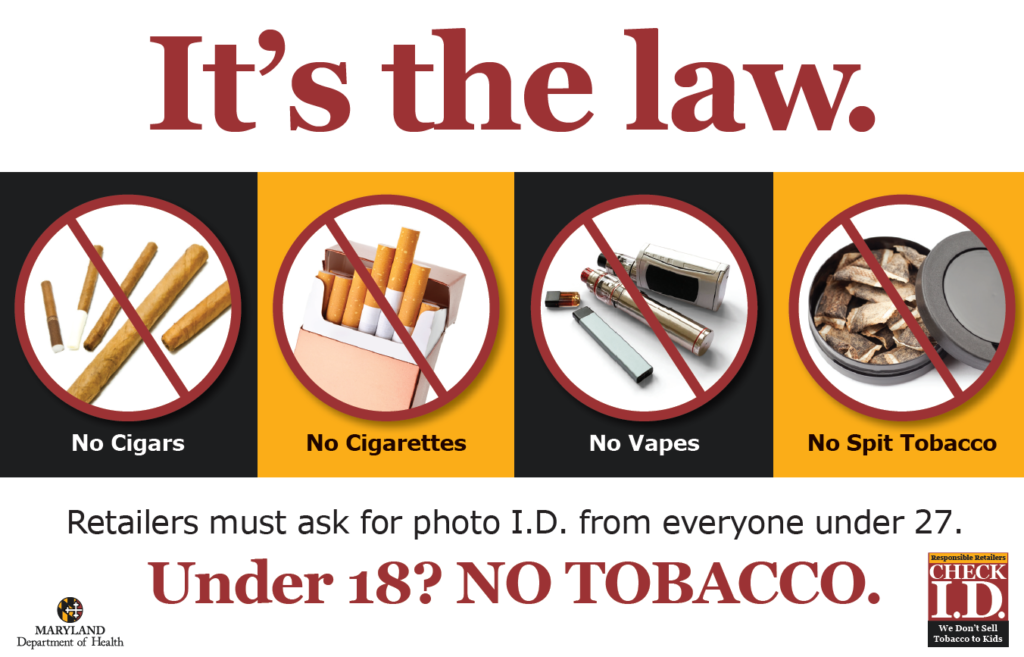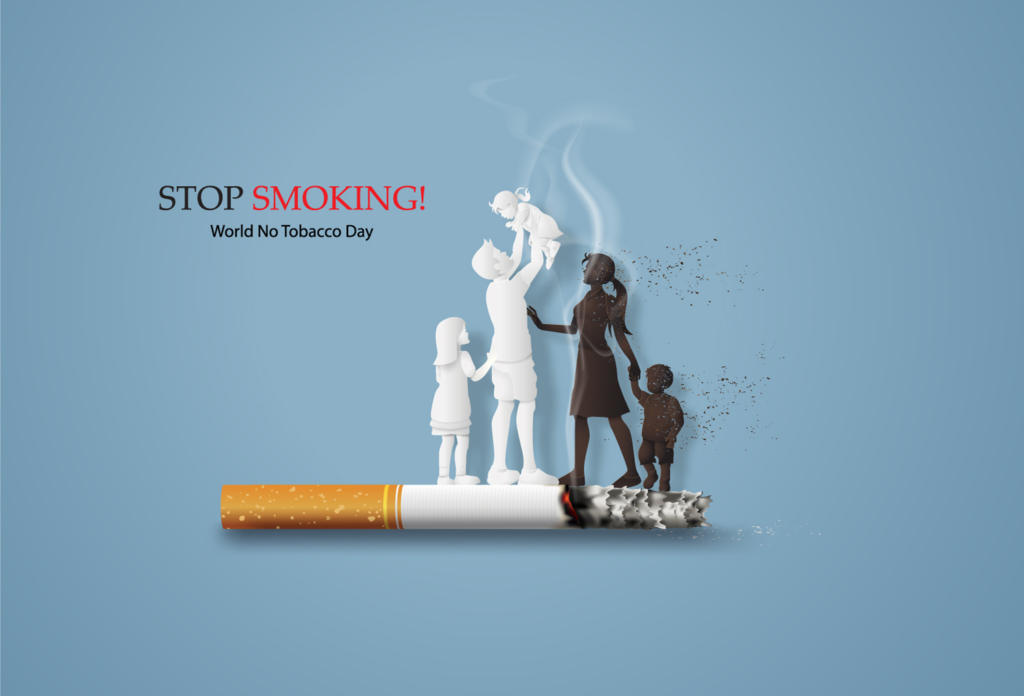
Introduction
Tobacco use remains a global health crisis, claiming millions of lives annually. Despite decades of awareness campaigns and stringent regulations, the allure of tobacco persists, particularly among young people. This article delves into the multifaceted issue of tobacco awareness and prevention, exploring the devastating consequences of tobacco use, the strategies employed to combat its insidious grip, and the urgent need for collective action.
The Toll of Tobacco
The health implications of tobacco use are far-reaching and severe. From respiratory diseases like lung cancer and chronic obstructive pulmonary disease (COPD) to cardiovascular ailments, tobacco wreaks havoc on the human body. Smokers are at significantly higher risk of developing various cancers, including those of the mouth, throat, esophagus, and bladder. Moreover, secondhand smoke exposure poses a serious threat to non-smokers, increasing their susceptibility to respiratory infections, heart disease, and lung cancer.
The Psychology of Addiction

Tobacco’s addictive nature stems from nicotine, a highly addictive substance that stimulates the brain’s reward centers. Nicotine addiction can be likened to other forms of substance abuse, making it challenging to quit. However, with the right support and interventions, individuals can overcome addiction and reclaim their health.
The Role of Marketing and Social Influence
Tobacco companies employ sophisticated marketing tactics to entice new users, particularly young people. Advertisements often portray smoking as glamorous and socially acceptable, normalizing the behavior and undermining public health efforts. Social influence, including peer pressure and cultural norms, also plays a significant role in shaping tobacco use patterns.
Effective Tobacco Prevention Strategies
To effectively combat tobacco use, a comprehensive approach is necessary. Key strategies include:
- Education and Awareness Campaigns: Raising awareness about the harmful effects of tobacco through public health campaigns, school programs, and community outreach initiatives.
- Graphic Health Warnings: Using graphic images on tobacco packaging to depict the consequences of smoking can be a powerful deterrent.
- Smoke-Free Policies: Implementing smoke-free laws in public places and workplaces reduces exposure to secondhand smoke and discourages smoking initiation.
- High Tobacco Taxes: Increasing taxes on tobacco products can make them less affordable, reducing consumption, particularly among young people and low-income individuals.
- Access Restrictions: Limiting the availability of tobacco products, such as through age verification and point-of-sale restrictions, can help prevent underage smoking.
- Cessation Services: Providing accessible and affordable cessation services, including counseling and medication, can help smokers quit successfully.
Youth and Tobacco

Young people are particularly vulnerable to tobacco marketing and peer pressure. Early initiation of smoking increases the likelihood of long-term addiction and associated health risks. Therefore, prevention efforts must focus on youth, emphasizing the dangers of tobacco use and promoting healthy alternatives.
The Role of Policymakers
Policymakers play a crucial role in shaping tobacco control efforts. By enacting and enforcing strong tobacco control laws, governments can create a healthier environment for their citizens. International cooperation is also essential to address the global tobacco epidemic and prevent the illicit trade of tobacco products.
Conclusion
Tobacco use remains a major public health challenge, but effective prevention and cessation strategies can help reduce its devastating impact. By raising awareness, implementing evidence-based interventions, and advocating for strong tobacco control policies, we can create a smoke-free future. It is imperative to prioritize tobacco prevention and control, ensuring that future generations are protected from the harmful consequences of tobacco use.